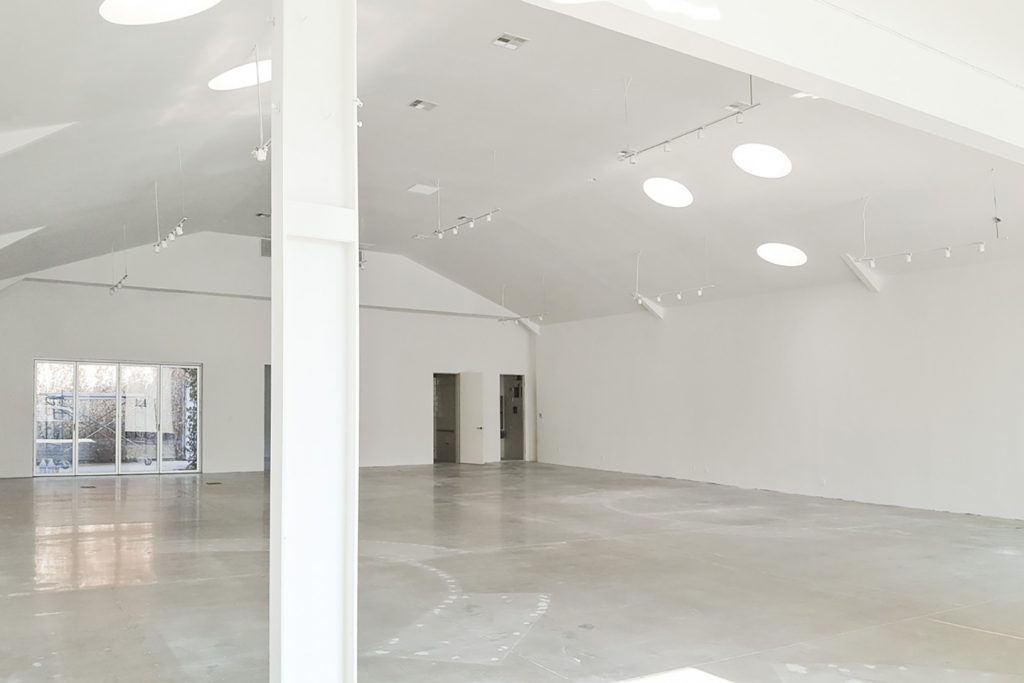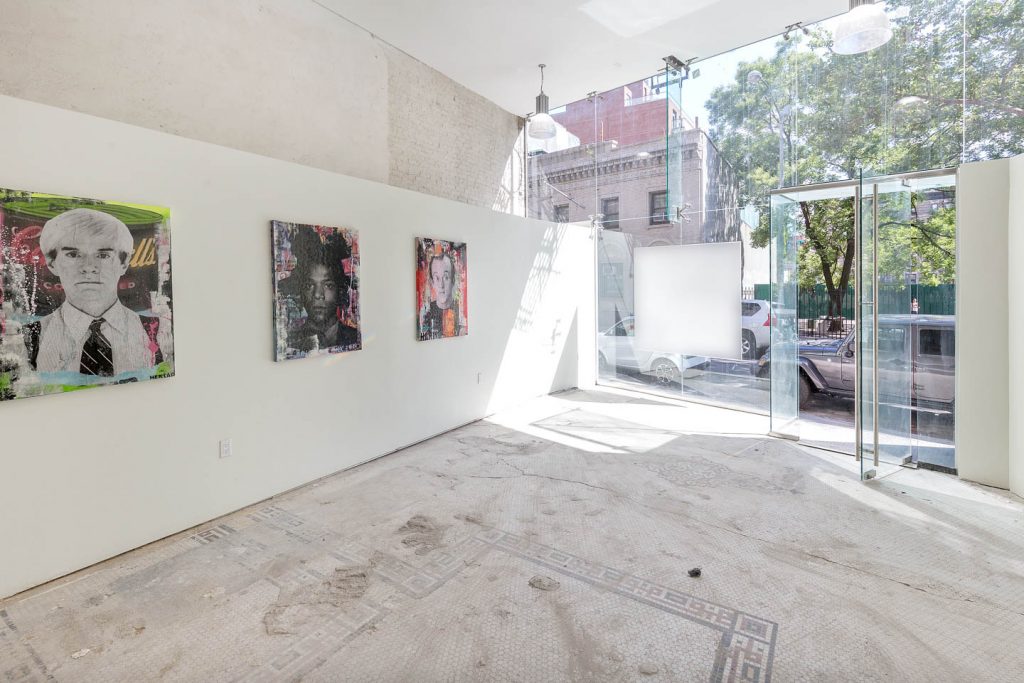Converting your space to be a pop-up rental will generate revenue in an otherwise empty — and costly — space. Here’s what to keep in mind when converting your property into a pop-up rental:
Prepping Your Space for Short-Term Renters
Now that you’ve decided to go short-term, it’s time to make your space ready for tenants.
“The most important thing for pop-ups is that the space is turnkey, meaning [tenants] have little to do except for their own installation,” Kia Illulian, president of Illulian Group, advises. “Make sure you have all the bells and whistles available for them.”
Illulian, who just rented one of his spaces to Tom Ford, suggests a few features to offer renters:
- Wi-Fi
- Phone lines
- Air conditioning
- Heating
- Working restrooms
- Water
- Light (“Natural light is a big component of securing renters as it allows them to see the space,” Illulian says.)
“A blank canvas is also very important,” he says. “You want as little character as possible — white walls, white ceilings or just some binary colors.” Every renter is going to want a different aesthetic, so if you have a blank slate for brands to work with, you’ll likely attract more bookings.

Making your space rentable for short-term tenants is more than a one-time effort. It requires ongoing work to improve the space. “Maintenance is important. As soon as we have a pop-up that leaves, we do a rehab on the space to make sure it’s pristine,” Illulian says.
Legalities
Consider which types of pop-ups your space is suited for — be it retail, art galleries, or large or small events — then seek out your local guideline, such as operating or business licenses.
(Pro tip: always check with your local government and zoning restrictions to make sure it’s legal to rent your property for pop-up events.)
“Knowing all parking requirements and restrictions is helpful, too,” says Illulian.
Illulian suggests making good relationships with local officials and your city hall. “Getting permits for the city can be difficult, but if you have a good relationship it’ll be helpful to get through these hurdles,” he says.
He also advises helping your tenants through these processes, especially because you have local knowledge and can leverage those relationships. “It’s important to help [tenants] through the process,” Illulian says. “You don’t want to just look at it as a way to get rent, you’ll want to be actively involved.”
Attracting the Right Tenants
After making your space ready for renters, it’s time to put in the work to attract the right renters. First, capture some great photos so that you can list your property.
Potential tenants want to see what makes your space unique. Find interesting features and include photos in your listing. “Highlight its architectural qualities,” recommends David Gomez, president of investment sales advisory firm Fountain Realty Group.

“The idea of doing a pop-up for people is quite scary,” says Illulian. “They think they’re not going to get a permanent look. We give them tools to make it seem like it’s a permanent space.”
Highlighting features that make your space attractive for short-term tenants should be prominently featured in your listing description and/or photos.
Your listing description should also include any additional benefits, such as access to public transportation, lots of foot traffic, or a history of successful pop-ups.
You’ll also want to be an appealing prospective landlord. “A leasing team that can turn around agreements quickly was the key to unlocking pop-up success at our 39 Spring St. pop-up,” says Gomez.
Bottom line: Efficient communication, favorable lease terms, and a team that can help you seal the deal are essential to success.
List your space here or contact our team today>>
- How to Promote A Pop-Up Event on Social Media - July 17, 2018
- Photo Flip: 10 Unique San Francisco Pop-Up Spaces that Will Make Your Event Stand Out - July 6, 2018
- A Guide to Employee Training for Your Next Pop-Up Event - June 5, 2018





